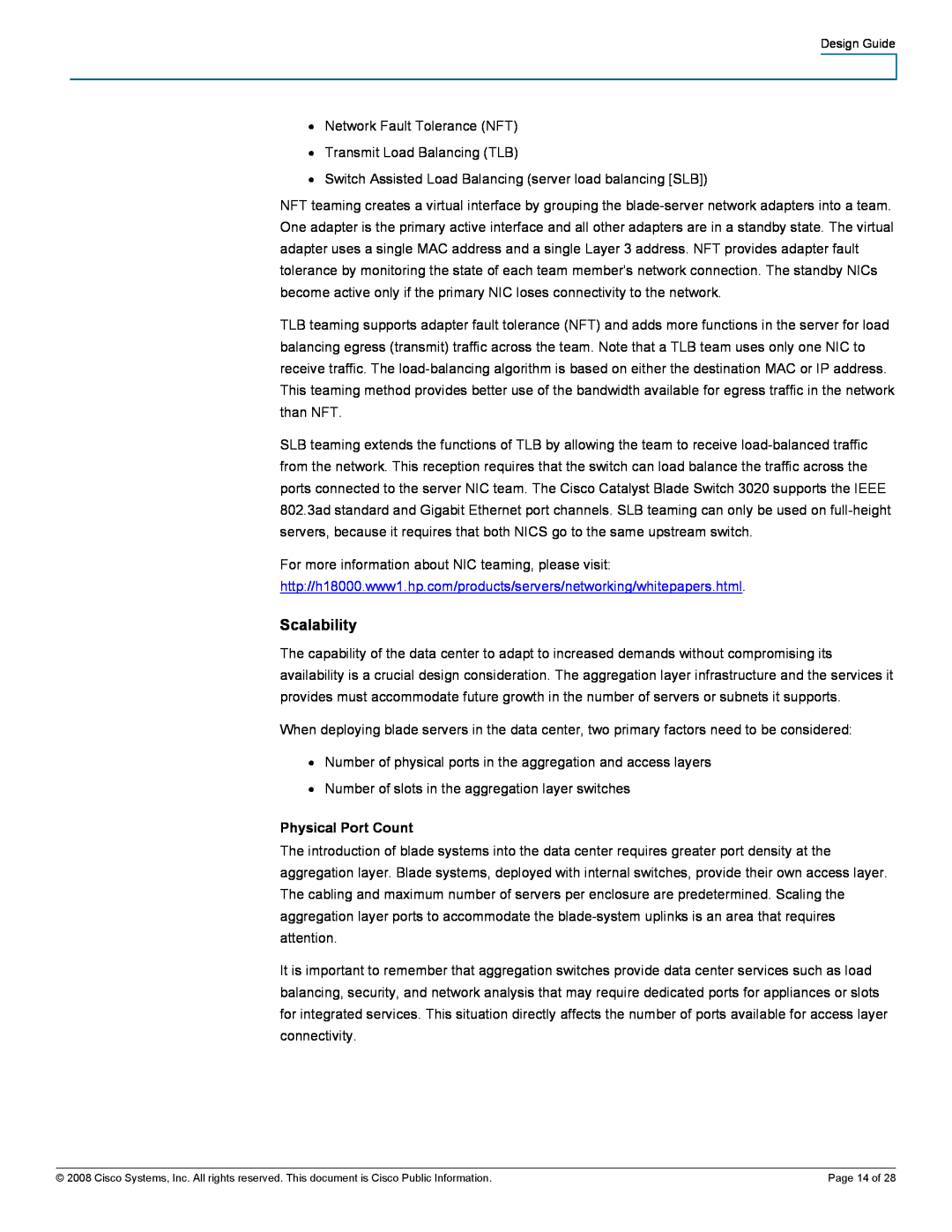3020 specifications
The NAD 3020 is a classic integrated amplifier that has gained a legendary status among audiophiles since its launch in 1978. Known for its incredible sound quality and value for money, the NAD 3020 has become a reference point in the realm of affordable audio equipment.One of the main features of the NAD 3020 is its high current design, allowing it to drive a wide range of speaker impedances. This capability ensures that the amplifier can deliver a dynamic sound, characterized by a robust bass response and clear treble. With a power output of 20 watts per channel into 8 ohms, the NAD 3020 is often underestimated due to its modest specifications. However, it can produce remarkable sound pressure levels and handle transient peaks with ease.
The amplifier utilizes a simplified circuit design, which is one of its defining characteristics. This minimalist approach reduces potential signal distortion, enabling the amplifier to maintain sonic integrity. The use of discrete components rather than integrated circuits contributes to its rich, detailed audio reproduction, making it a favorite among purists.
Another key technology featured in the NAD 3020 is its unique power supply design. NAD engineers incorporated a toroidal transformer, which is known for its compact size and low electromagnetic interference. This results in cleaner power delivery, which is essential for maintaining audio clarity and depth.
The NAD 3020 is also equipped with multiple inputs, including phono, line-level, and tape inputs, making it versatile for various audio sources. The built-in phono stage supports moving magnet cartridges, allowing vinyl enthusiasts to connect their turntables directly to the amplifier without needing a separate phono preamplifier.
In terms of build quality, the NAD 3020 features a sturdy chassis that minimizes vibrations, ensuring that audio performance remains stable. The user-friendly design includes a straightforward control layout, allowing users to adjust volume and tone settings with ease.
Throughout its decades-long legacy, the NAD 3020 has influenced countless audio products and remains a benchmark for entry-level amplification. Its combination of power, clarity, and affordability makes it a beloved choice for both new listeners and seasoned audiophiles seeking a dependable amplifier that doesn't compromise on sound quality. The NAD 3020 exemplifies how great engineering can lead to remarkable audio experiences, solidifying its place in the history of hi-fi audio.
